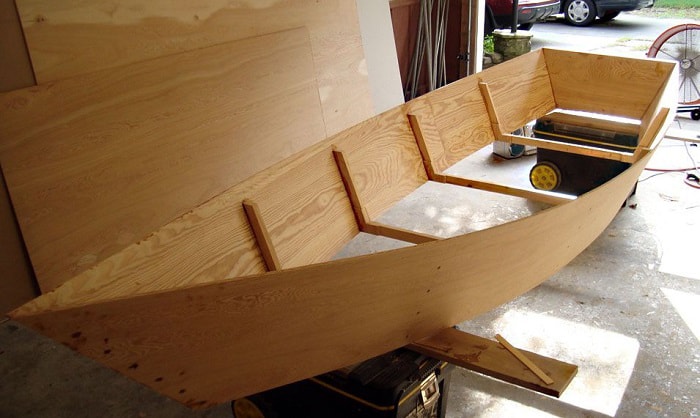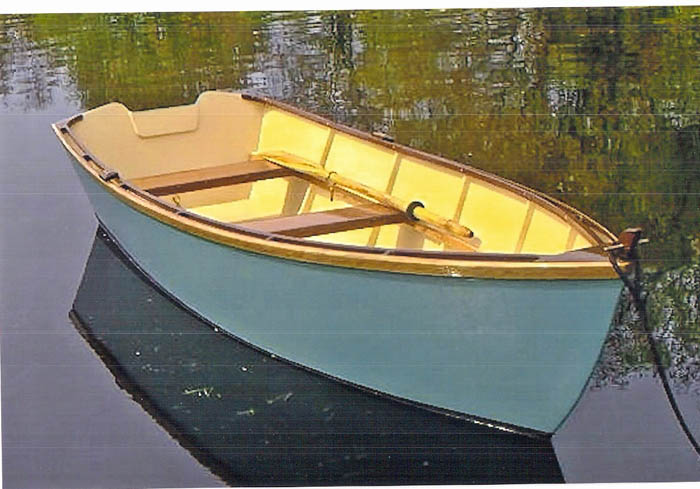
Beyond the Blueprint: Unconventional Comfort in Power Boat Building
Building a powerboat is a significant undertaking, blending engineering, woodworking, and a healthy dose of passion. While countless resources focus on the technical aspects, "Creating a Comfortable Power Boat with Proven Plans" (let's call it "the book" for brevity) often overlooks the nuanced elements of onboard comfort, especially for extended trips. This review explores those overlooked aspects, offering fresh perspectives and solutions for hobbyists, builders, and educators.
Beyond the Specs: Rethinking Onboard Ergonomics
The book undoubtedly covers hull design and engine placement, but what about the *human* element? How do we create a truly comfortable space, not just a functional vessel?
Q: How can we personalize ergonomics beyond basic seating arrangements?
A: Consider anthropometry â€" the study of human body measurements. Instead of relying on generic plans, measure the *actual* users of the boat. This allows for customized seating, control placement, and even storage solutions tailored to their specific reach, height, and preferences. Imagine a custom-built helm that perfectly adjusts to the captain’s posture, reducing fatigue on long voyages. Data from ergonomic studies (e.g., research on workplace ergonomics from institutions like NIOSH) can be invaluable here, providing evidence-based design choices.
Q: How can we improve comfort during rough seas?
A: The book likely covers seaworthiness, but active damping systems, beyond simple shock absorbers, deserve more attention. Research into advanced materials like viscoelastic polymers in seating and other strategic locations can significantly reduce the impact of waves on the occupants. This is a field of ongoing development; staying updated on material science advancements could yield significant comfort improvements.
The Unsung Hero: Climate Control on the Water
Many boat plans treat ventilation as an afterthought. But prolonged exposure to sun, wind, and rain significantly impacts comfort.
Q: Beyond simple hatches and windows, what innovative solutions exist for climate control?
A: Explore alternative energy sources. Solar panels integrated into the boat's design could power efficient fans and even small air conditioning units. Consider passive ventilation strategies, such as strategically placed vents and ducts, mimicking the principles of green building design (see studies on passive ventilation in architecture from universities like Berkeley). Think about using advanced materials that reflect heat, reducing the reliance on active cooling.
Q: How can we improve insulation for both heat and sound?
A: Insulating a boat presents unique challenges. Modern spray foam insulation, combined with advanced acoustic dampening materials, can significantly reduce both noise and temperature fluctuations. Research into the thermal and acoustic properties of various materials before selecting them is crucial. Consulting with naval architects specializing in acoustics can provide insights into minimizing engine noise and improving the overall onboard atmosphere.
The Human Touch: Beyond Function, Towards Experience
Finally, let's address the intangible elements of comfort.
Storytelling: The Case of the "Sunset Cruiser"
A friend, an avid boat builder, recently completed a project. He meticulously followed the plans in a similar book, achieving a seaworthy vessel. However, he felt a nagging sense of dissatisfaction. The boat functioned perfectly, yet lacked a soul. He later added subtle touches: soft lighting, carefully selected wood finishes, and even a small built-in bookshelf. The result? A vessel transformed from a functional machine into a relaxing sanctuary, a "Sunset Cruiser" where he enjoys quiet evenings on the water. This highlights the importance of aesthetics and personal touches in achieving true onboard comfort.
In conclusion, "Creating a Comfortable Power Boat with Proven Plans" serves as a solid foundation. However, by integrating the principles of ergonomics, advanced materials science, sustainable design, and thoughtful aesthetics, boat builders can achieve a level of comfort that significantly surpasses the purely functional. This calls for a more holistic approach, blending engineering excellence with a deep understanding of the human experience at sea.




















